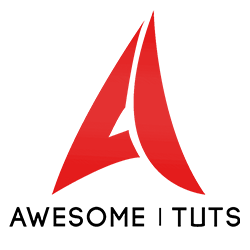Partitioning the drives so that / and /home are on different partitions doesn''t change anything as far as the system is concerned.
If you had everything on one partition, multiple partitions, or even multiple computers, /usr/bin is still where binaries go, /tmp is still the temp directory for applications to use, /home is still where user''s directories go, etc.
http://www.pathname.com/fhs/
Check it out. It is informative and basically tells you what the different directories are for.
So when you install your applications, libraries go in a specific directory, binaries go in another, etc. All the install knows is that stuff goes in certain directories. It just so happens that certain directories are mapped onto specific hard drive partitions in your case. That is one of the nice things about Unix/Linux. You don''t have a C: drive with all of the folders under it. You have logical directories. Instead of trying to remember if you installed a program on drive C: or D:, or if you have a CDROM on drive G: or I:, you generally know that all applications are under /usr/bin or some other ./bin/ or that /cdrom will have a link to your CDROM device. I know that if I want to check out my friend''s MP3 collection, I can go to /home/[username of friend] and probably find his MP3 folder.
I myself installed a newer, faster, bigger hard drive. I could simply copy files to it, and then make sure my system understands that hdb1 would be /usr and hdb2 would be /home. I could even have /usr/var on a different partition than /usr if I wanted to. The applications don''t care or know the difference. I can''t say the same on Windows for instance, since Program Files is on C:, and it is either impossible or difficult to tell Windows to treat D

rogram Files as the proper default program install directory. If I wanted to have C:\Program Files be the general install directory, but have Program Files\Adobe be on a different drive, it isn''t possible in the same way. I can''t open Program Files on the C: drive and then open Adobe and access it on the D: drive without having setup my own shortcuts. If I decide to have it on the E: drive later, now my shortcut has to change. Heck, the registry would probably have to be edited.
On Unix/Linux, I can simply mount the partition as /usr/local/bin/Adobe and if I go to /usr/local/bin, I will see Adobe sitting next to all of the other installed applications. The system makes it transparent that there are two separate hard drives or even a hundred computers providing the filesystem.
 The following statement is true. The previous statement is false.
The following statement is true. The previous statement is false.






